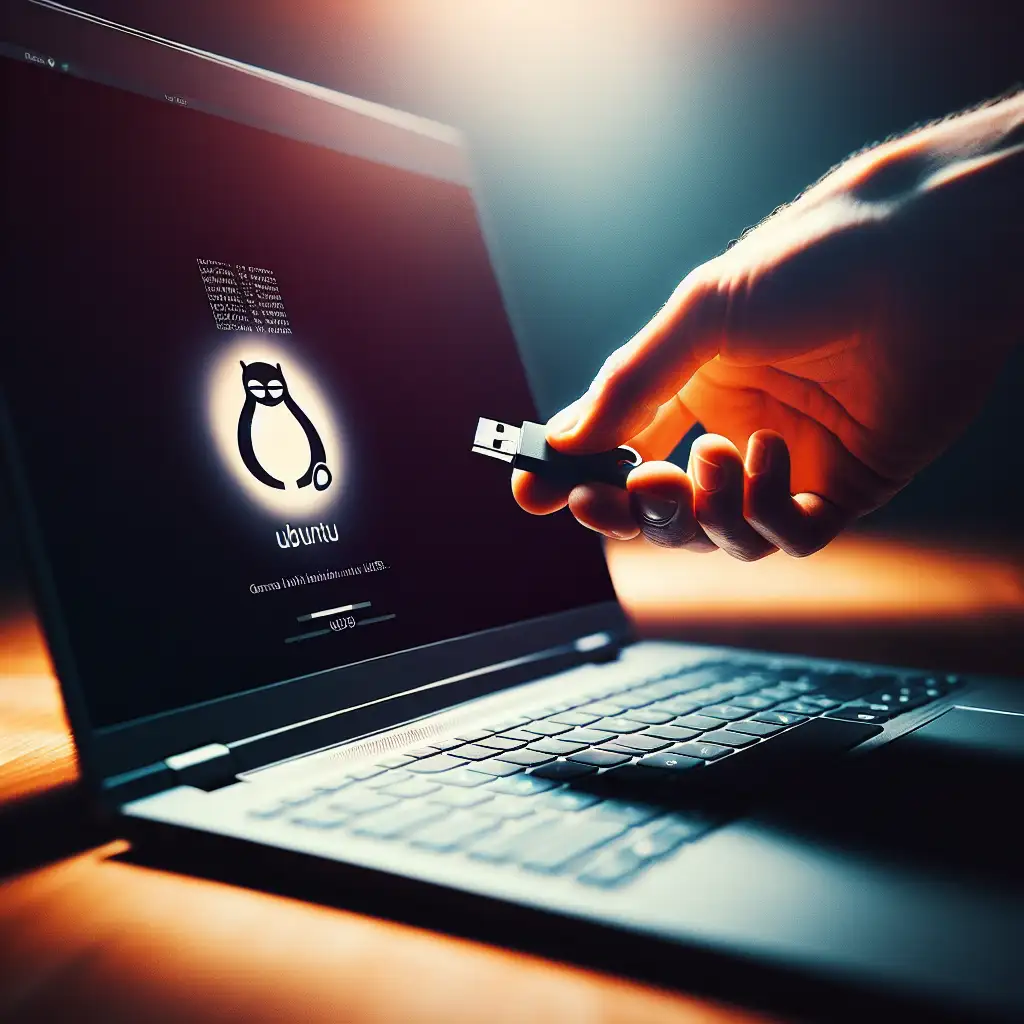How to Boot Ubuntu from USB: Reliable Techniques for Deployment, Recovery, and Testing
Misconfigured firmware. Faulty USB images. Inconsistent results between hardware vendors. These are the realities of field deployment and system rescue—regardless of how theoretically "simple" it should be to boot Ubuntu from a USB stick. Useful for rapid operating system installs, system repair, or running a Live OS on unfamiliar hardware, a properly prepared USB image is as fundamental a tool as a bootable rescue CD once was.
Below, an engineer-focused approach: minimal ambiguity, fast recovery from common faults, and specific, up-to-date tooling (tested as of Ubuntu 22.04 and 24.04).
Prerequisites and Constraints
- Minimum 4GB USB flash drive (prefer USB 3.0 for write speed; true capacity sometimes less than advertised).
- Ubuntu
.iso(confirmed checksum; obtain from https://ubuntu.com/download). - Linux workstation (native Ubuntu) or a Windows host. macOS workflow differs: see note below.
- Write tools:
- On Ubuntu:
usb-creator-gtk(Startup Disk Creator, Ubuntu 20.04+), orddfor manual operation. - On Windows: Rufus (v4.0+ recommended for latest UEFI/MBR handling), or balenaEtcher for cross-platform needs.
- On Ubuntu:
Download Integrity: Avoiding Faulty Media
First non-negotiable: verify your ISO after download. Unchecked ISO images are a leading cause of failed boots and cryptic errors.
sha256sum ./ubuntu-24.04-desktop-amd64.iso
# compare output against: https://ubuntu.com/download/desktop/thank-you?version=24.04
A mismatch here—don’t write, re-download.
Preparing the USB: Multiple Methods
Ubuntu: Startup Disk Creator
Native, simple, but not perfect for non-Ubuntu distributions:
- Insert USB. Erase any critical data first—contents are destroyed.
- Launch
usb-creator-gtk(Startup Disk Creatorin modern Ubuntu):sudo apt install usb-creator-gtk usb-creator-gtk - Select your
.isoand target device. Confirm overwrite. - Wait for the process to complete; errors here often arise from failing USB sticks (check dmesg for hardware faults).
Manual Approach: dd
For edge cases or non-Ubuntu ISOs:
sudo dd if=~/Downloads/ubuntu-24.04-desktop-amd64.iso of=/dev/sdX bs=4M conv=fsync status=progress
sudo sync
- Replace
/dev/sdXwith your actual USB device (never a partition like/dev/sdX1). - Known issue: No progress bar with classic
dd—usestatus=progressfor partial feedback.
Erroneous device targeting here will destroy unrelated disks—double-check lsblk output first.
Windows: Rufus
- Download Rufus (
rufus-4.4.exeas of this writing). - Plug in USB; Rufus auto-detects.
- Select the desired Ubuntu ISO.
- Recommended options for recent hardware:
- Partition scheme: GPT
- Target system: UEFI (non-CSM)
- File system: FAT32
- Write the image; errors at this step are usually traceable to slow or failing cheap USB drives.
BIOS/UEFI Setup: Navigating Vendor Idiosyncrasies
Here is where most engineers waste time, especially on modern laptops.
| Vendor (typical) | Firmware Access | Secure Boot Location | USB Boot Notes |
|---|---|---|---|
| Dell | F12, F2 | Security / Boot menu | Will show "UEFI: |
| Lenovo | F12, F1 | Security tab | Occasionally disables some rear ports by def. |
| HP | Esc, F10 | Boot Options | Some require Legacy mode for non-signed media |
- Access firmware: At boot, repeatedly tap the correct key for your vendor. Missed the timing? Power-cycle and try again.
- Disable Secure Boot:
- If your media isn't signed, Secure Boot may block the kernel or GRUB. Some Ubuntu ISOs support Secure Boot as of 22.04+, but not consistently across all hardware.
- Error log:
Secure Boot Violation Invalid signature detected. Check Secure Boot Policy in Setup.
- Prioritize USB:
- UEFI: Place "USB Storage Device" (sometimes it’s listed under its device brand) above internal drives.
- Legacy BIOS: Set USB-HDD as top boot device. Some systems require enabling “Legacy/CSM” support.
Note: Certain HP/Lenovo systems mask front ports or require connecting to specific USB 2.0 jacks for early-boot enumeration.
Boot Sequence: Validation
Cold-boot with USB inserted. On success—Ubuntu installer or live session appears.
If the system skips USB:
- Check for “Boot Option Menu” (e.g., F12/F10 on Dell/Lenovo/HP) and select USB device explicitly.
- If the USB is missing:
- Either partition table/hardware is unsupported, or BIOS is filtering unrecognized sticks. Re-write ISO with GPT scheme; try a different USB port (prefer direct-to-motherboard ports).
- Potential log message:
Missing operating system - Solution: Re-flash, reformat, or swap USB brand. Actual failure rates on bargain flash drives are not trivial.
Common Failure Modes and Remedies
| Symptom | Root Cause | Remediation |
|---|---|---|
| "No bootable device" | Incorrect image, bad stick | Re-flash USB, verify ISO, swap sticks |
GRUB error: error: unknown filesystem | Corrupt write, bad partition table | Use dd over GUI tools; wipe with wipefs |
| Hangs on splash/black screen | GPU compatibility issue | Try boot params: nomodeset or install via alternate ISO |
| Persistent data not saved | No persistence configured | Use tools like mkusb, see manual |
Pro Tips and Non-Obvious Workflows
- For persistent live USBs (saving user data/settings across boots), add a
casper-rwpartition and configure the bootloader accordingly.mkusb(https://help.ubuntu.com/community/mkusb) supports this natively—less hassle than hand-editing. - Not all USB sticks are created equal: Sandisk, Kingston, and Transcend models (USB 3.1, MLC-based) are notably more reliable for repeated writes.
- On macOS,
ddwill often bootstrap a stick that fails via GUI tools; don’t forgetsudo diskutil unmountDisk /dev/diskNbefore writing.
Summary
Reliable USB booting with Ubuntu is repeatable but rarely trivial across all hardware. Expect outliers—if a boot fails, first check image integrity and firmware options, then try another USB stick. Avoiding the “cheap unbranded drive” pitfall saves hours. When deploying at scale or for disaster recovery, carry at least two different USB media and test both UEFI and BIOS paths on target hardware.
For edge cases or unsupported setups, tools like mkusb or even manually constructing bootloader entries can bridge the gap—but for most, the above process resolves the majority of issues encountered in the field.
Known gap: Some enterprise laptops implement forced device whitelisting, hiding non-vendor USB devices from early boot. There’s no generic workaround—firmware update or alternate hardware is required.
Questions arise? Diagnostic dmesg logs and the lsblk output remain the fastest route to a solution.
